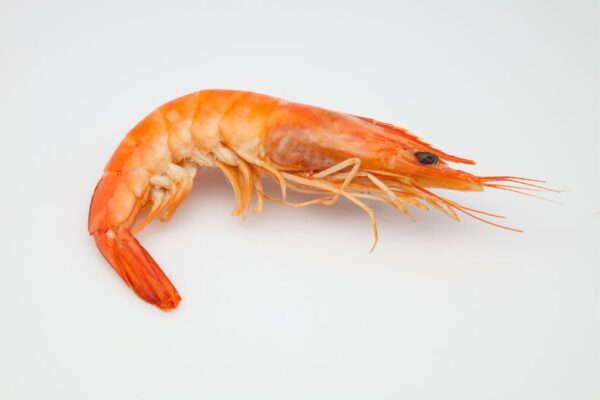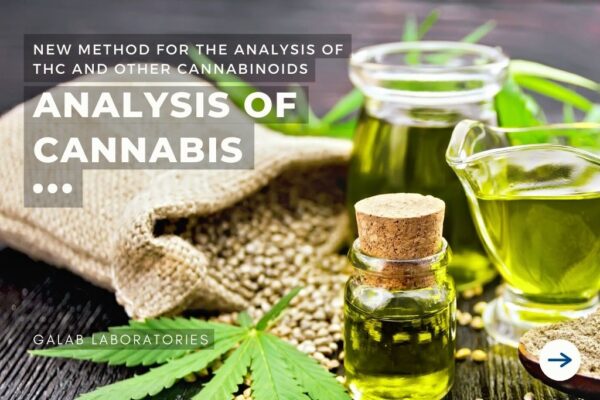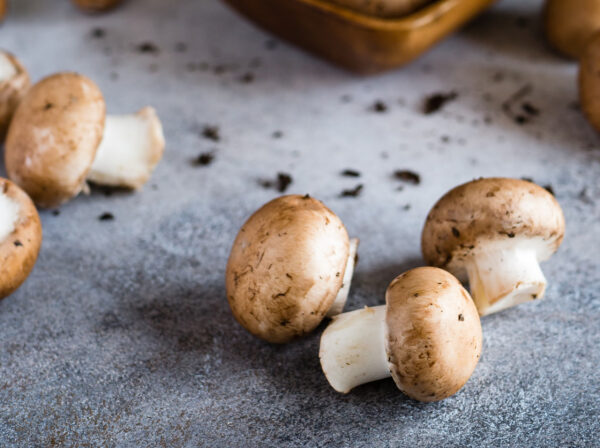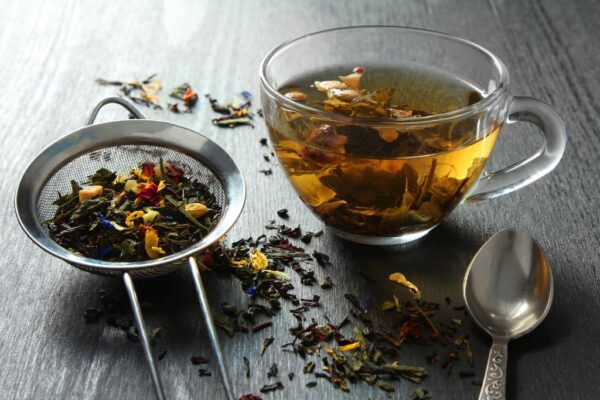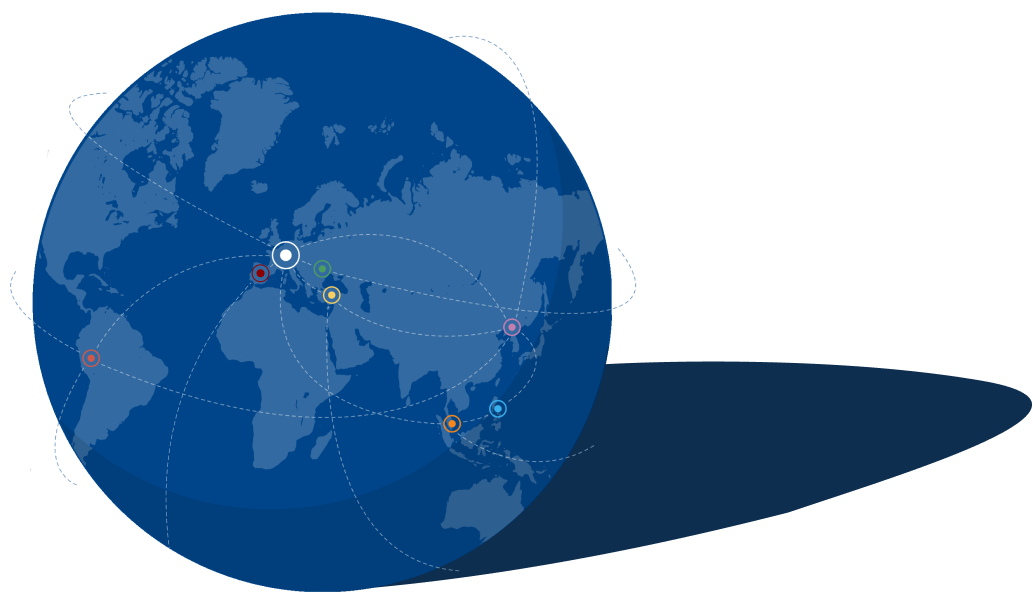THC and other cannabinoids
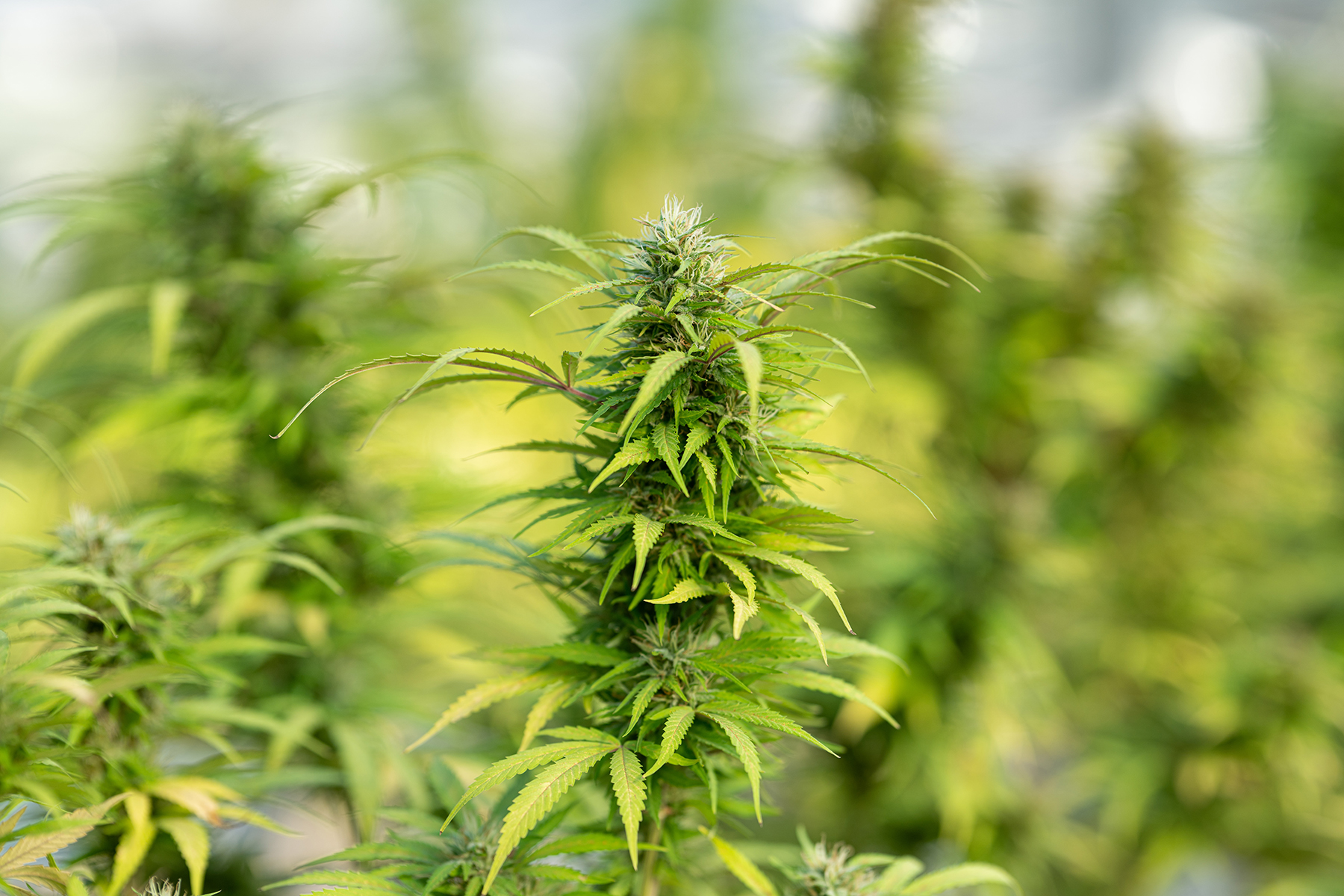
Analysis of hemp
New development of a method for the determination of THC and other cannabinoids
Hemp has been cultivated for thousands of years to be used as a raw material for the production of ropes and fabrics, among other things. Much better known is the use of cannabis and hemp to produce illegal intoxicants, which has long been viewed as problematic. However, since hemp can be grown again in some countries of the European Union as an industrial crop in the form of low-intoxicant hemp varieties, components of the hemp plant are increasingly used for the production of food.
The cannabis plant is used in a variety of ways. Because hemp seeds contain healthy fats, they are often consumed as food or pressed into cooking oil. Dried hemp leaves are infused into tea or mixed into juices and smoothies. Some active ingredients in hemp even have therapeutic potential and are used as drugs.
Different laws must be observed, which must be distinguished from one another. In addition to food law, the Narcotics Act, the Medical Product Act, the Cosmetics Directive and the Medical Devices Act play a role.
Various active substances called “cannabinoids” are mainly found in the flowers of the hemp plant (cannabis). The best known of these are D9-tetrahydrocannabinol (THC) and cannabidiol (CBD). While THC induces a state of intoxication, CBD has no psychoactive effects.
Cannabinol (CBN) in turn has a slightly psychoactive effect. CBN is not produced directly from the hemp plant, but is created through the oxidation of THC. As a rule, the level of CBN is related to the age of the plant. The concentration of CBN increases as the THC content decreases.
In the food industry, low-THC hemp varieties and products made from them, such as CBD oils, hemp protein powder, hemp flours or beverages, which are processed in hemp-containing food supplements are becoming increasingly important.
Legal regulations
At the beginning of 2022, the European Union presented a draft to establish EU-wide maximum levels for THC in hemp products made from industrial hemp, which is expected to come into force on January 1, 2023.
The expected maximum levels according to the draft are as follows:
- Hemp seeds: 3,0 mg/kg THC (Sum of Δ9 -THC and Δ9 -THCA)
- Ground hemp seeds, (partially) defatted hemp seed and other hemp seed derived/processed products: 3,0 mg/kg THC (Sum of Δ9 -THC and Δ9 -THCA)
- Hemp seed oil: 7,5 mg/kg THC (Sum of Δ9 -THC and Δ9 -THCA)
Since the non-psychoactive THC acid (THCA) is easily broken down by heat into the psychoactive THC, both THC and THCA must always be considered together when assessing whether the limit is exceeded. Our limit of quantitation for THC and THCA is set at 0.1mg/kg, which allows us to test hemp products for compliance with the new EU-maximum levels.
GALAB – Comprehensive service from a single source
At GALAB, the cannabinoids are extracted with methanol and measured using LC-MS / MS. GALAB examines hemp seeds (industrial hemp) and hemp products such as hemp oil, hemp protein powder, hemp flours or beverages, which among others, are processed in hemp-containing food supplements, especially D9-tetrahydrocannabinol (THC), D9-tetrahydrocannabinolic acid (THC-A), cannabidiol (CBD), cannabidiolic acid (CBD-A) and cannabinol (CBN).
Whether for importers, producers or sellers – our methodology allows a reliable qualification and quantification of the regulated THC. You will receive competent advice and support from our experts on legal issues. Our research and development department is also at your disposal for individual inquiries.
This might also interest you
Parameters & Analytical Methods
-
State-of-the-Art Analysis
We constantly update our spectrum of parameters to the latest developments in the food analysis sector and offer state-of-the-art analytical methods for the safety of your products.
-
Comprehensive multi-methods
We are constantly expanding our range of services in order to be able to guarantee you a comprehensive range of analyses. We offer multi-methods for mycotoxins, dioxin analysis or molecular biological analysis for GMOs and allergens. The GALAB Pesticide500Plus® multi-method can even be used for difficult matrices such as spices and herbs.
-
Constant development
If you cannot find the parameter/analysis you are looking for here, please do not hesitate to contact us. Our research and development department implements your requirements and specifications cost-efficiently and with a high quality standard.
-
Quality Policy
GALAB Laboratories has implemented a quality management system to allow for optimum service for their customers. It is our goal to establish close relations to customers by customer satisfaction. Therefor quick reactions to customers’ specific needs as well as considerations for quality demands of the market are necessary. We strive to provide comprehensive and professional advice to our customers. Learn more
Get in touch, we will help you.


